US bank and QC Ware looked into use of technology to price complex derivatives.
News, analysis and comment from the Financial Times, the worldʼs leading global business publication.

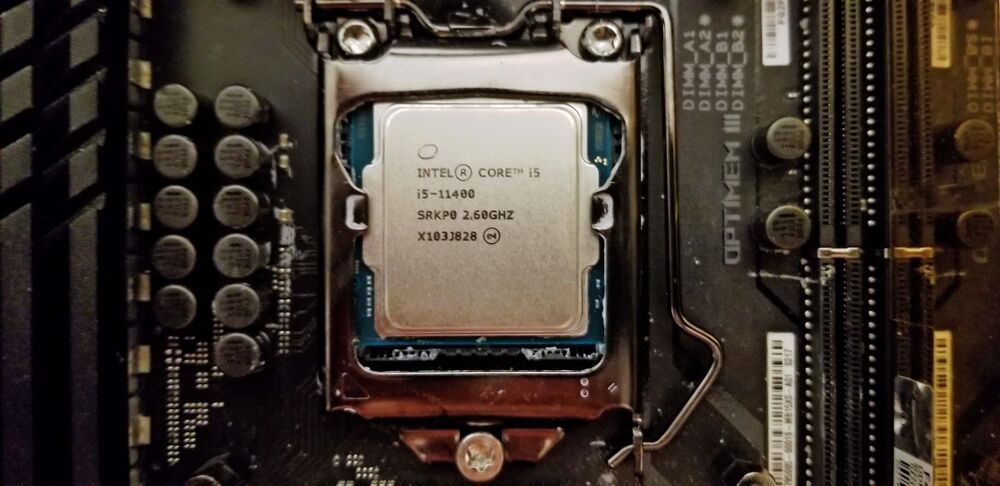
Intel exploits the obvious hole in the Ryzen product stack.
Our encoding tests include benchmarks that respond best to single-threaded performance, like the quintessential LAME and FLAC examples, but the SVT-AV1 and SVT-HEVC tests represent a newer class of threaded encoders.
Intel’s Core i5-11400 takes the lead over its similarly-priced competitors in the LAME benchmark, while we see a near-tie across the board in FLAC. We see larger gains for the 11400 in the threaded SVT-AV1 and HEVC encoder tests, but only after we lifted the power limits and used a more powerful cooler.
Switching gears to HandBrake, which we test in both AVX-light x264 and AVX-heavy x265 flavors, shows that the Core i5-11400, again with the right cooler and lifted power limits, can beat the Ryzen 3000 chips. But the deltas are slim.
Neuralink President Max Hodak tweeted Saturday that he has left the company he co-founded with Tesla and SpaceX CEO Elon Musk. Hodak didn’t elaborate on why he left the company or elaborate on the circumstance for his departure. “I am no longer at Neuralink (as of a few weeks ago),” he tweeted. “I learned a ton there and remain a huge cheerleader for the company! Onward to new things.”
✨Some personal news:✨ I am no longer at Neuralink (as of a few weeks ago). I learned a ton there and remain a huge cheerleader for the company! Onward to new things.— Max Hodak (@max_hodak) May 1, 2021
Neuralink is focused on developing brain-machine interfaces. Last month, the company posted a video to YouTube that appeared to show a monkey with a Neuralink implant in its brain moving a cursor on a computer screen using only its mind.
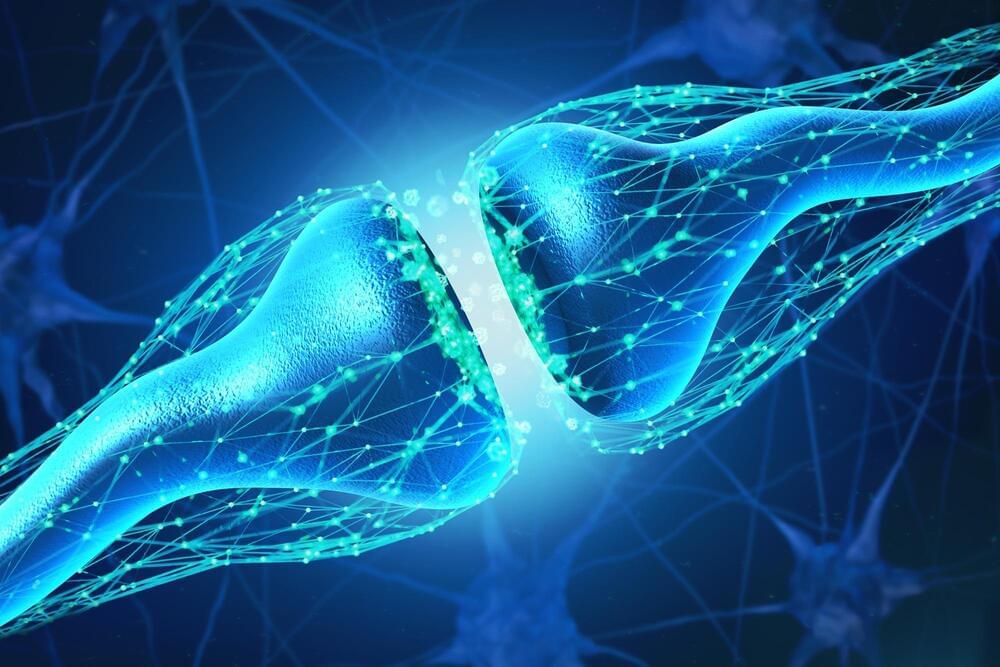
Researchers have developed a brain-like computing device that is capable of learning by association.
Similar to how famed physiologist Ivan Pavlov conditioned dogs to associate a bell with food, researchers at Northwestern University and the University of Hong Kong successfully conditioned their circuit to associate light with pressure.
The research will be published today (April 30, 2021) in the journal Nature Communications.
One of the interesting consequences of the emergent upshift in visual systems is that all streetlights, car headlights and other external sources of lighting will no longer be needed within around a decade. This will not only make astronomers happy, since they will be able to see the dark skies again but will simplify urban infrastructure. The three convergent elements making this change of affairs come about are the following:
1) Quanta Image Sensors, whether of the SPAD or the CIS-QIS versions are expected to become widely available within 5 to 10 years. Unlike the CMOS image sensors in billions of cell-phone cameras, which only register packets of the incoming light, these sensors can register single photons of light. The most versatile of these are the QIS sensors being developed by Fossum—who also developed the CMOS sensor—wherein a single jot\.
Demonstrating single-photon sensitivity at room temperature without avalanche multiplication, QIS technology offers sub-diffraction-limited pixel sizes and many degrees of freedom in computing the reconstruction of the image to emphasize resolution, sensitivity, and motion-deblur.
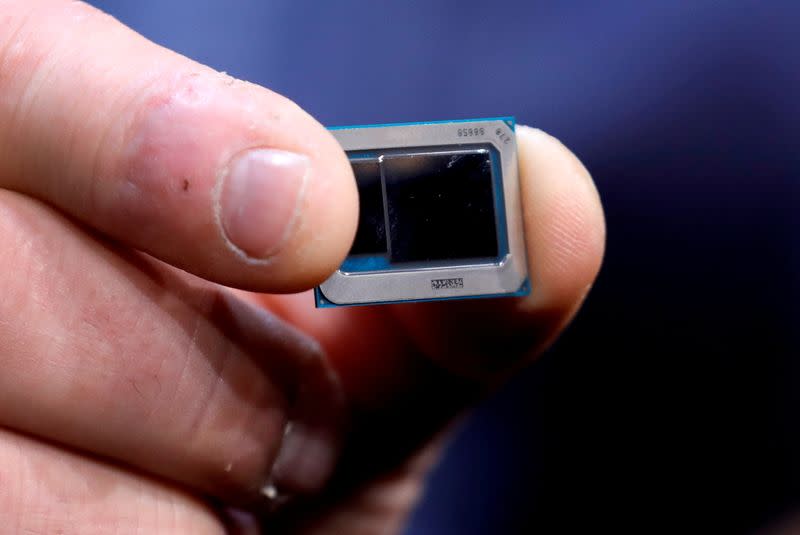
BRUSSELS/BERLIN (Reuters)-Intel wants 8 billion euros ($9.7 billion) in public subsidies towards building a semiconductor factory in Europe, its CEO was cited as saying on Friday, as the region seeks to reduce its reliance on imports amid a shortage of supplies. The pitch is the first time Pat Gelsinger has publicly put a figure on how much state aid he would want, as Intel pursues a multibillion-dollar drive to take on Asian rivals in contract manufacturing. “What we’re asking from both the U.S. and the European governments is to make it competitive for us to do it here compared to in Asia,” Gelsinger told Politico Europe in an interview.

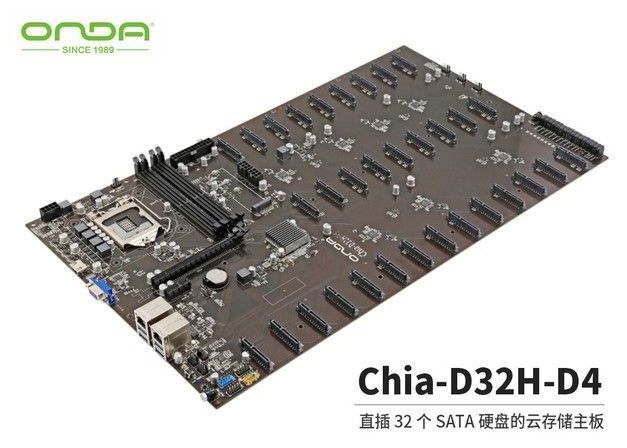
Let the farming games begin.
Chinese motherboard manufacturer Onda (via ZOL) has launched the brand’s new Chia-D32H-D4 motherboard. The model name alone is enough to tell you that this motherboard is aimed at farming Chia cryptocurrency, which has already caused hard drive price spikes in Asia.
Designed for mining, rather than to compete with the best motherboards for gaming, the Chia-D32H-D4 is most likely a rebranded version of Onda’s existing B365 D32-D4 motherboard. It measures 530 × 310mm, so the Chia-D32H-D4 isn’t your typical motherboard. In fact, Onda has produced a special case with an included power supply for this specific model. The unspecified 800W power supply arrives with the 80Plus Gold certification, while the case features five cooling fans.
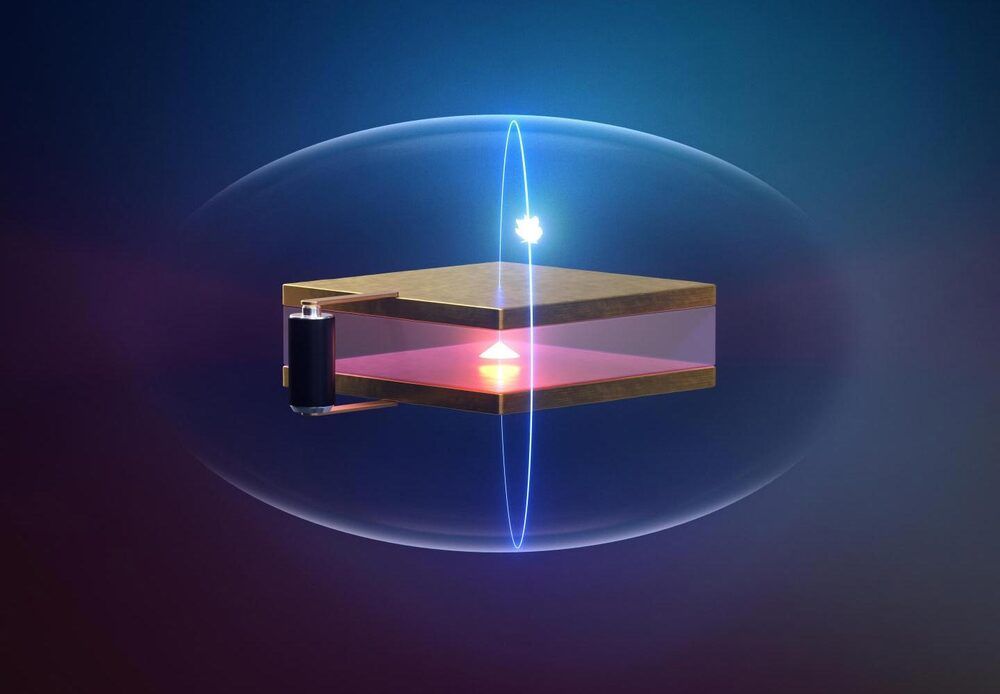
Circa 2020 o.o!
Researchers have succeeded in creating an efficient quantum-mechanical light-matter interface using a microscopic cavity. Within this cavity, a single photon is emitted and absorbed up to 10 times by an artificial atom. This opens up new prospects for quantum technology, report physicists at the University of Basel and Ruhr-University Bochum in the journal Nature.
Quantum physics describes photons as light particles. Achieving an interaction between a single photon and a single atom is a huge challenge due to the tiny size of the atom. However, sending the photon past the atom several times by means of mirrors significantly increases the probability of an interaction.
In order to generate photons, the researchers use artificial atoms, known as quantum dots. These semiconductor structures consist of an accumulation of tens of thousands of atoms, but behave much like a single atom: when they are optically excited, their energy state changes and they emit a photon. “However, they have the technological advantage that they can be embedded in a semiconductor chip,” says Dr. Daniel Najer, who conducted the experiment at the Department of Physics at the University of Basel.
The U. S. Air Force Research Laboratory (AFRL) and American Semiconductor have combined traditional manufacturing techniques with 3D printed circuitry to produce a flexible Silicon-on-polymer chip.
Besides its material qualities, the new chip has a memory more than 7000 times larger than any comparable commercially available devices, making it suitable as a micro-controller to be integrated into other objects.